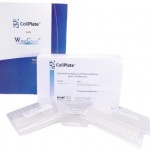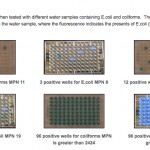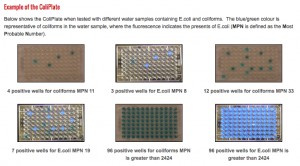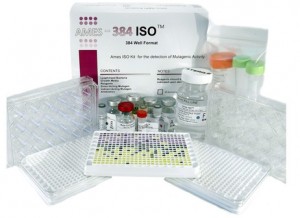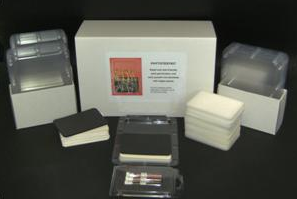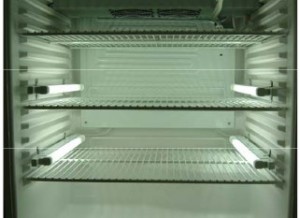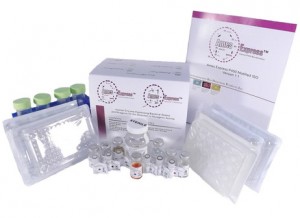E.coli Testing
A convenient test for quantitative measure of total coliforms and E. Coli bacteria. The test is designed to meet regulatory guidelines and quantifies density of target bacteria, coliforms and E. Coli, ranging from 5 to 5,000 colony forming-units (cfu) per 100 mL sample, without dilutions.
Monitoring surface and drinking water for dangerous bacteria is needed to prevent illness or disease. Since it is not practical or technically feasible to monitor for all pathogens in our water, the microbiological quality of drinking water is evaluated based on indicator organisms such as total coliforms and E. coli.
E.coli Testing Procedure
Click here to download the e.coli testing flowchart
E. coli are a type of coliform bacteria and is found in the intestines of warm-blooded animals, including humans. Most strains of E.coli are not harmful to humans and in fact help digest essential nutrients in our digestive systems. Some strains of E.coli however can cause severe cramps, diarrhea or even death, as seen in Walkerton, ON Canada in 2000 with the O157:H7 strain
The ColiPlate kit is a 96 well microplate kit which has been shown to be equally sensitive or superior to the state of the art standard membrane filter technique which has been the established standard in many countries around the world(Lifshitz, Joshi., Environmental Toxicology and Water Quality, 13, Issue 2, 157-164, 1998).
As well as increased sensitivity, the ColiPlate offers a very low cost alternative with a very simple procedure. As the microplate contains all reagents needed to indicate the presence of colony forming bacteria and E. Coli, all that is needed is to add a water sample to the plate and incubate the sample.
Coliform bacteria occur naturally in the environment and are not harmful themselves. Their presence in water does however suggest that other disease-causing organisms may be present. These bacteria have been selected as an indicator in many nations, with their presence indicating problems with water treatment or distribution.
The presence of any strain of E.coli in the water is a strong indication of recent sewage or animal waste contamination. As with coliforms, the presence of any strain of E.coli indicates other harmful strains or other organisms could be present and could pose a threat to human health.
Above shows the ColiPlate when tested with different waters containing E.coli. The blue/green colour shows the presents of coliforms in the sample, where the fluorescence indicates the presents of E.coli.
The Coliplate has a number of benefits over the traditional methods:
- Simple and user-friendly
- No repeat testing due to clogged filters or heretrophic interference as in MF technique
- Ideal for off-site field sampling as no laboratory is needed
- No sample dilutions required
- No confirmations required
- On-site testing reduces time required for sample transportation
- Detects total coliforms and E.coli within 24 hours
- 30% less expensive than traditional methods
- Minimal equipment needed
- Long shelf life of 3-5 years
- Selective and sensitive media specifically identifying E. coli
- Eliminates subjective interpretation found in traditional methods
Sensitivity equal to or superior to the industry standards
As well as the advantages illustrated above, the Coliplate has been shown a sensitivity equal to or superior to the industry standards. Another important consideration is that the Coliplate method is particularly more reliable than MF in detecting injured or weakened E. coli cells, which can aid in detection in environmental waters.


